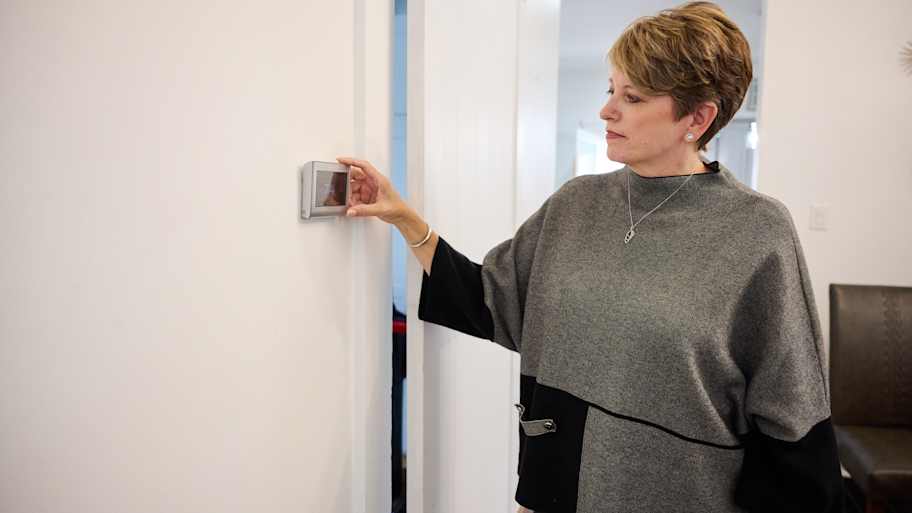How to Distinguish Electrical Wire Types: Your Go-To Chart
Don’t get your wires crossed


When asked to describe electrical wiring, what’s the first thing that comes to your mind? If your answer resembles a big tangle of multicolored spaghetti, you’re probably making things out to be more complex than necessary. In reality, a home typically only has a few wires in a given cable. As long as you know some basic wiring principles, you can get a lot of small electrical jobs done around the house.
Here’s a breakdown of the different types of electrical wires you may encounter around the house.
Important: Do not attempt to do electrical work unless you are certain the power is off and you can do the job safely. Always wear electrical gloves when working with your home’s wiring.
How to Distinguish Different Wires
You’ll find several colorful electrical wires in your home’s walls, breaker boxes, and electrical boxes. Most wires are encased in sheathing material and bunched together in groups called cables.
Each wire serves a different purpose, and it’s important to familiarize yourself with the characteristics before you attempt to do any electrical work in your home. If you’re ever uncertain about electrical wiring, contact a licensed electrician near you to handle the job and protect yourself from electrocution or electrical fires.
This chart of electrical wire types can help you identify what you’re working with in a home with AC current.
| Color | Type of Wire | Description |
|---|---|---|
| Black | Positive hot wire | Live wires that bring electricity to your outlets, switches, and light fixtures |
| Red | Positive hot wire | Secondary live wires that are most commonly used in light switches |
| White or gray | Neutral wire | Wires that return the circuit to the panel box |
| Green, green with yellow stripes, or bare copper | Ground wire | Wires that protect you from electrocution by grounding the electrical circuit |
| Blue or red | Traveler wire | Wires designed for multi-way configurations |
1. Black Hot Wires

Black hot wires are your typical wires that send power to light switches, electrical outlets, and light fixtures. You might see red and black hot wires used interchangeably for certain appliances or terminals, such as with double-pole breakers.
However, these two wire types are different in that black wires always appear in a two-conductor cable, while red wires appear in some two-conductors for 240-volt circuits and in three-conductor cables.
2. Red Hot Wires

Also called secondary hot wires, red hot wires are also live wires like black wires. These red wires, however, most often serve as secondary wires in light switches. When your light switches on, this triggers the red wire to send power to your outlet as opposed to the black wire.
Red wires are frequently used in 240-volt outlets, which require a split configuration, with the red wire connecting to the light switch and the black wires connecting to and from the other half of the receptacle.
3. Neutral Wires

The white or gray wires are neutral wires. These wires return the circuit load to the source of power—typically the neutral bar in your electrical service panel. Contrary to the name, neutral wires may contain some voltage, making it important to handle these wires with caution. Improper connections can cause your wires to have an electric arc, which can shock you.
4. Ground Wires

Ground wires are safety mechanisms that send electricity into the ground during an electrical power surge to protect you from electric shock. These wires are green, bare copper, or green with yellow stripes, and they snap into action in the presence of high voltage or atypical electrical currents, tripping the breaker or blowing the fuse to shut down the electrical flow.
While ground wires exist to protect you and your home, that does not mean they are completely safe to handle. Always shut off the power and check for voltage before touching the ground or any other wire.
5. Traveler Wires

Traveler wires are a type of hot wire most commonly used in three-way and four-way switch configurations. These wires typically come in pairs and have a blue coat to help you identify them from the other hot wires.

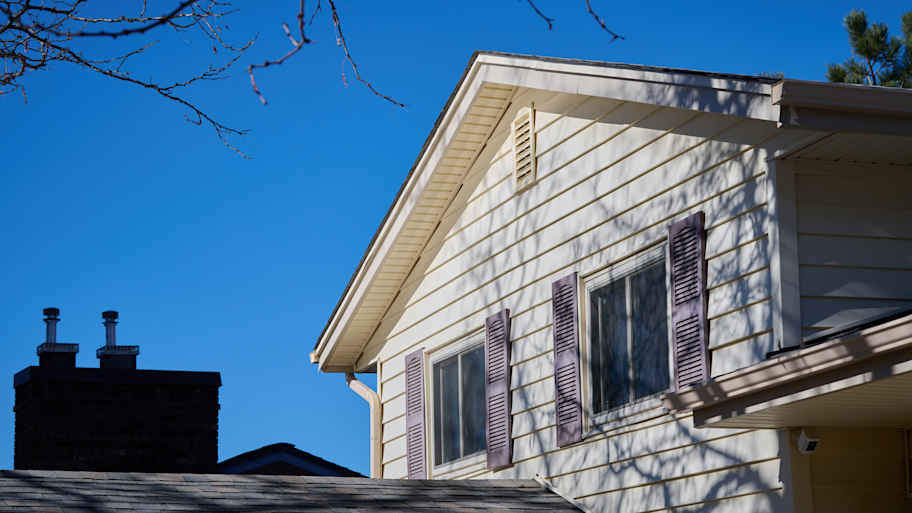
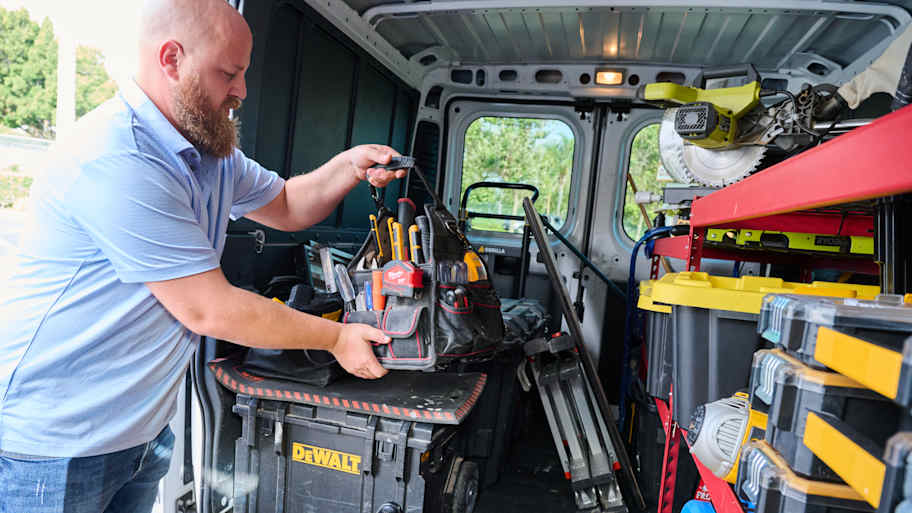
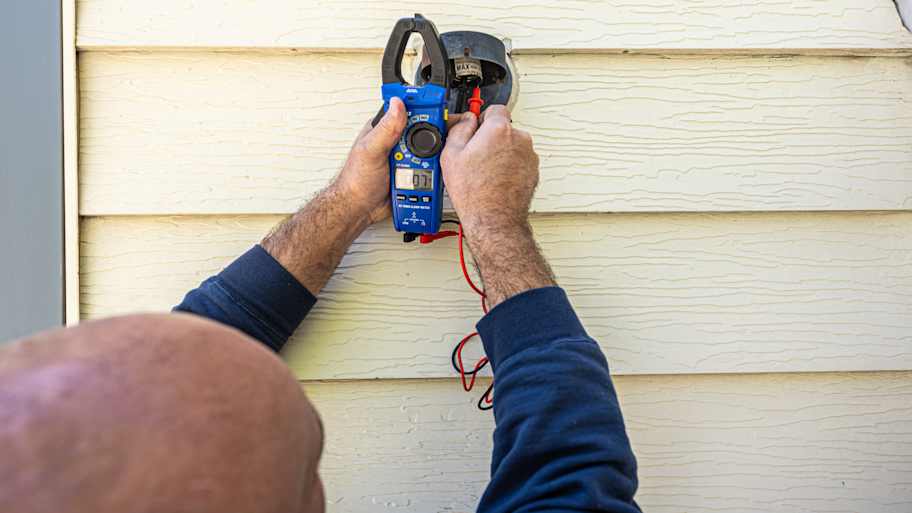
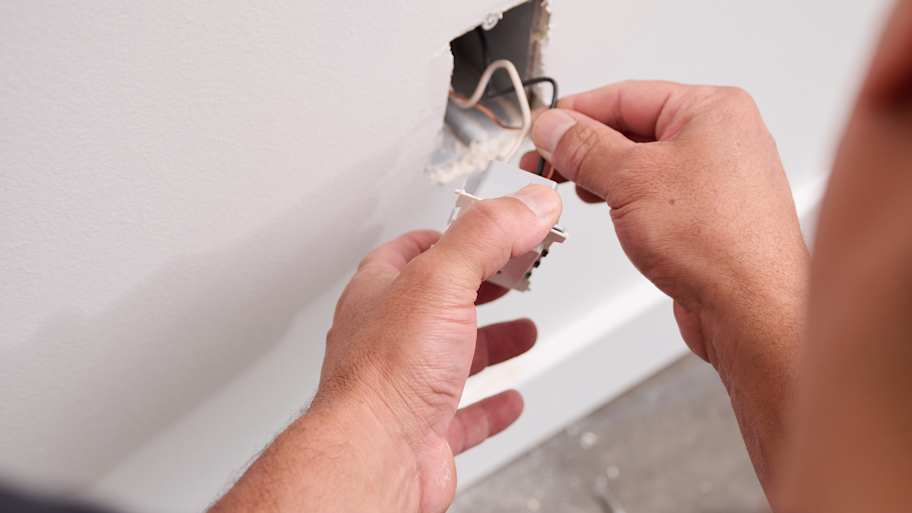
- Home Generator Repair
- Lamp Repair
- Electric Repair
- Generator Installation
- TV Antenna Services
- Emergency Electricians
- Commercial Electricians
- Attic Fan Installation
- Attic Fan Repair
- Exhaust Fan Installation
- Electric Inspectors
- Subcontractors
- Electrical Construction
- EV Charger Installer
- Chandelier Installation
- Doorbell Installation
- Bathroom Fan Installation
- Ring Installers
- Electrical Panel Upgrade
- Wire Color Code: Decoding Electrical Wire Colors
- Understanding Wire Gauges: What Gauge Wire Should You Use for Outlets?
- Brown and Blue Wires: Which Is Positive?
- Is the Black Wire Positive or Negative? How to Tell Electrical Wires Apart
- Line vs. Load Wire: What’s the Difference?
- 8 Types of Electrical Wires You Can Find in Your Home
- 20 Tools for Electrical Work To Keep In Your Toolbox
- Why Are My Lights Out But the Breaker Is Not Tripped?
- Home Electrical Repairs: Basic Wiring and Electrical Repairs
- How to Install a Smart Light Switch



